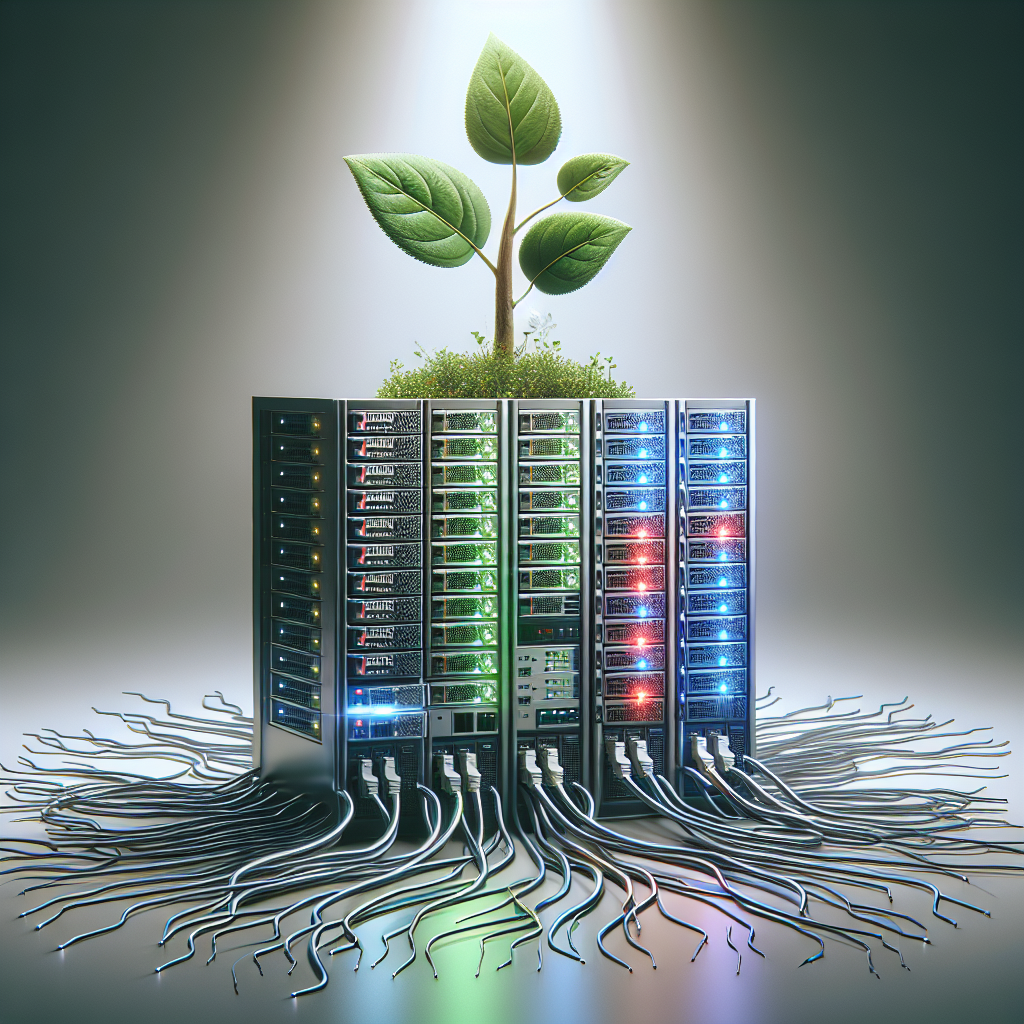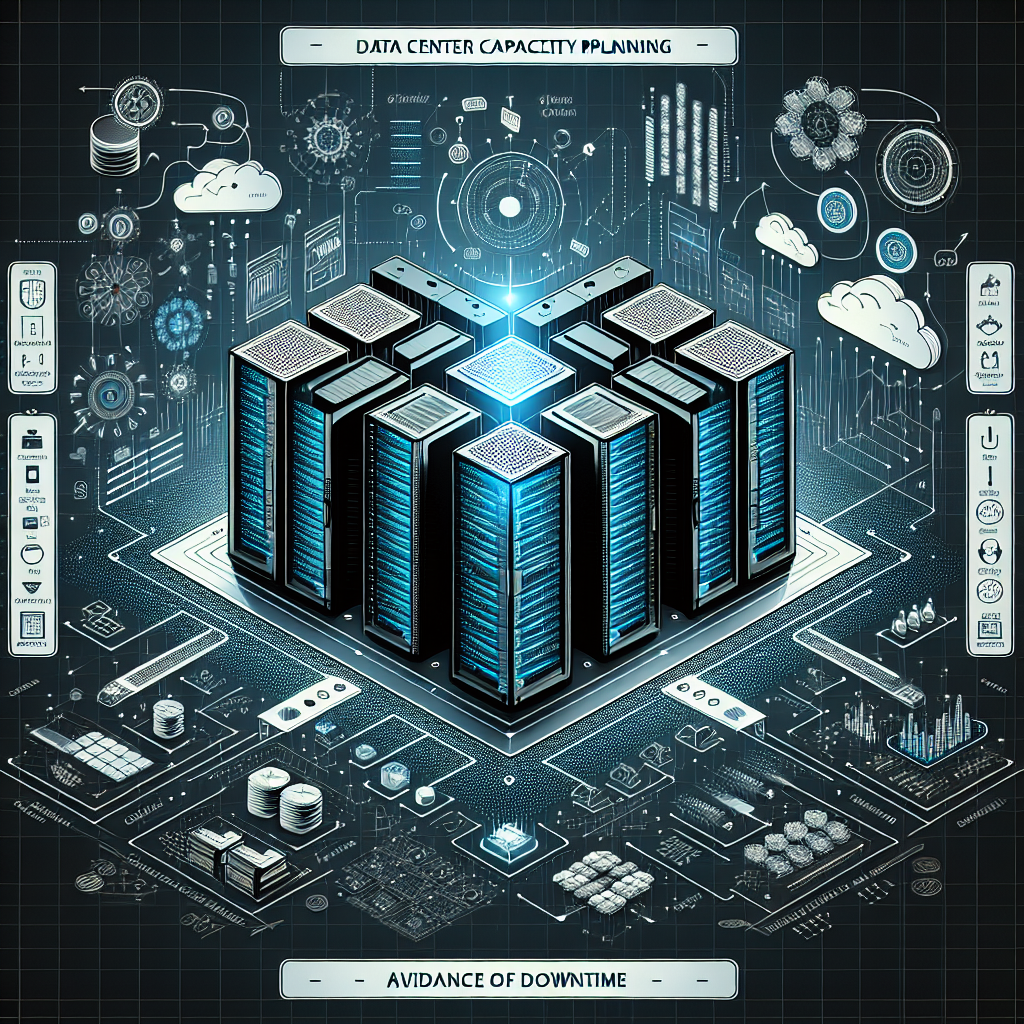In today’s digital age, data centers play a crucial role in enabling businesses to operate efficiently and effectively. As organizations continue to rely on technology for their day-to-day operations, the demand for data center capacity is only expected to grow. In order to meet this growing demand, organizations need to have a solid strategy in place for managing their data center capacity.
One of the key components of effective data center capacity management is planning for growth. By anticipating future needs and implementing strategies to accommodate them, organizations can ensure that their data center can scale to meet the demands of their business. Here are some strategies for planning for growth in data center capacity management:
1. Conduct regular capacity assessments: The first step in planning for growth is to understand your current capacity and usage patterns. Conducting regular capacity assessments can help you identify any potential bottlenecks or areas where you may need to scale up your capacity. By having a clear understanding of your current capacity, you can better anticipate future needs and plan accordingly.
2. Implement a scalable infrastructure: In order to accommodate future growth, it’s important to have a data center infrastructure that is scalable. This means having the ability to easily add or remove resources as needed without causing disruption to your operations. By investing in a scalable infrastructure, you can ensure that your data center can grow along with your business.
3. Utilize virtualization and cloud computing: Virtualization and cloud computing can help organizations optimize their data center capacity by enabling them to better utilize their resources. By virtualizing servers and storage, organizations can consolidate their infrastructure and make better use of their existing capacity. Cloud computing also offers the flexibility to scale up or down as needed, making it an ideal solution for organizations looking to plan for growth.
4. Implement data center management tools: Data center management tools can help organizations monitor and analyze their data center capacity in real-time, allowing them to make informed decisions about capacity planning. These tools can provide insights into usage patterns, identify potential bottlenecks, and help organizations optimize their capacity utilization.
5. Plan for redundancy and disaster recovery: In order to ensure business continuity, it’s important to plan for redundancy and disaster recovery in your data center capacity management strategy. By implementing redundant systems and disaster recovery plans, organizations can minimize downtime and ensure that their data center can continue to operate even in the event of a failure.
In conclusion, planning for growth is essential for effective data center capacity management. By conducting regular capacity assessments, implementing a scalable infrastructure, utilizing virtualization and cloud computing, implementing data center management tools, and planning for redundancy and disaster recovery, organizations can ensure that their data center can scale to meet the demands of their business. By taking a proactive approach to capacity planning, organizations can position themselves for success in an ever-evolving digital landscape.









